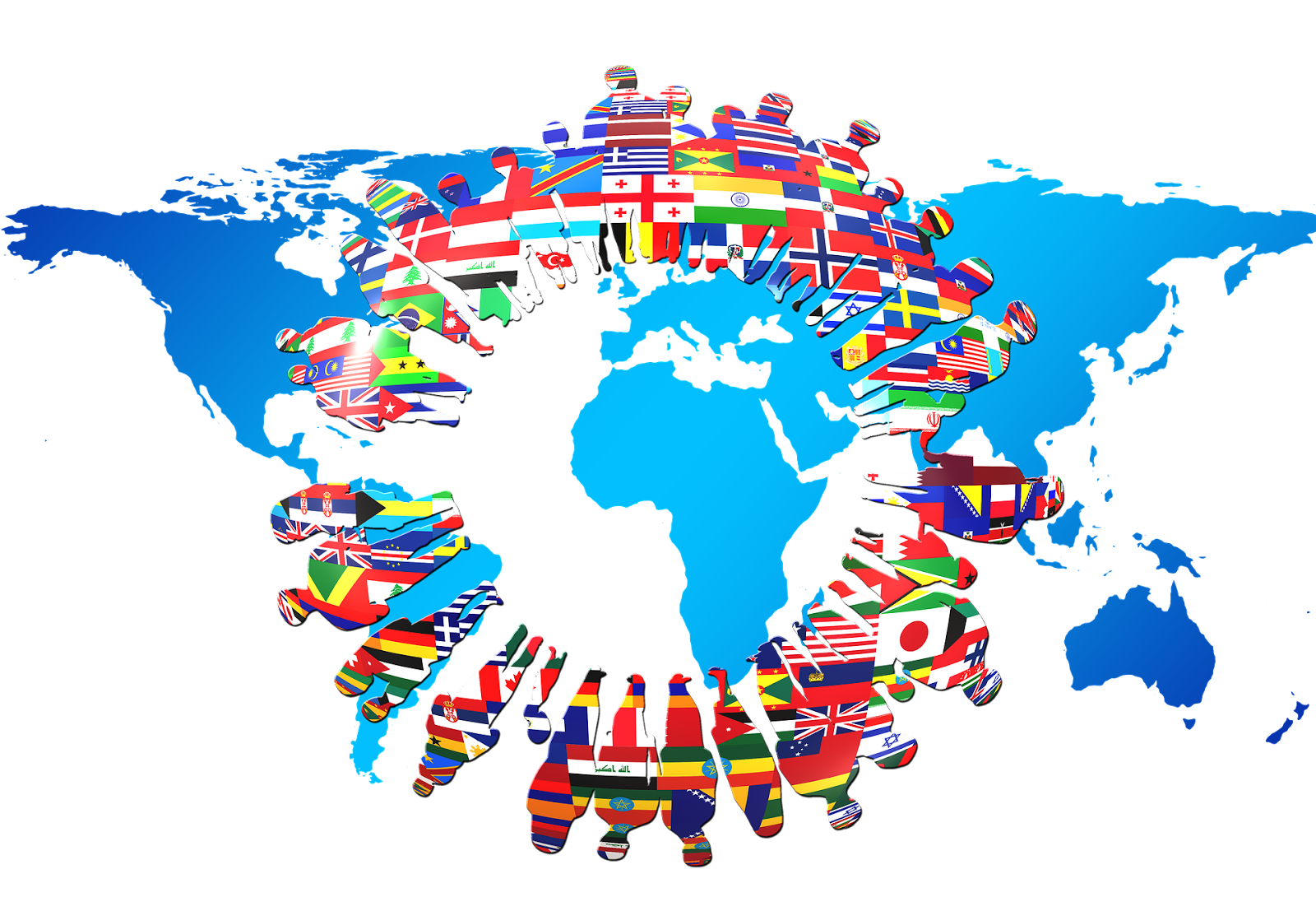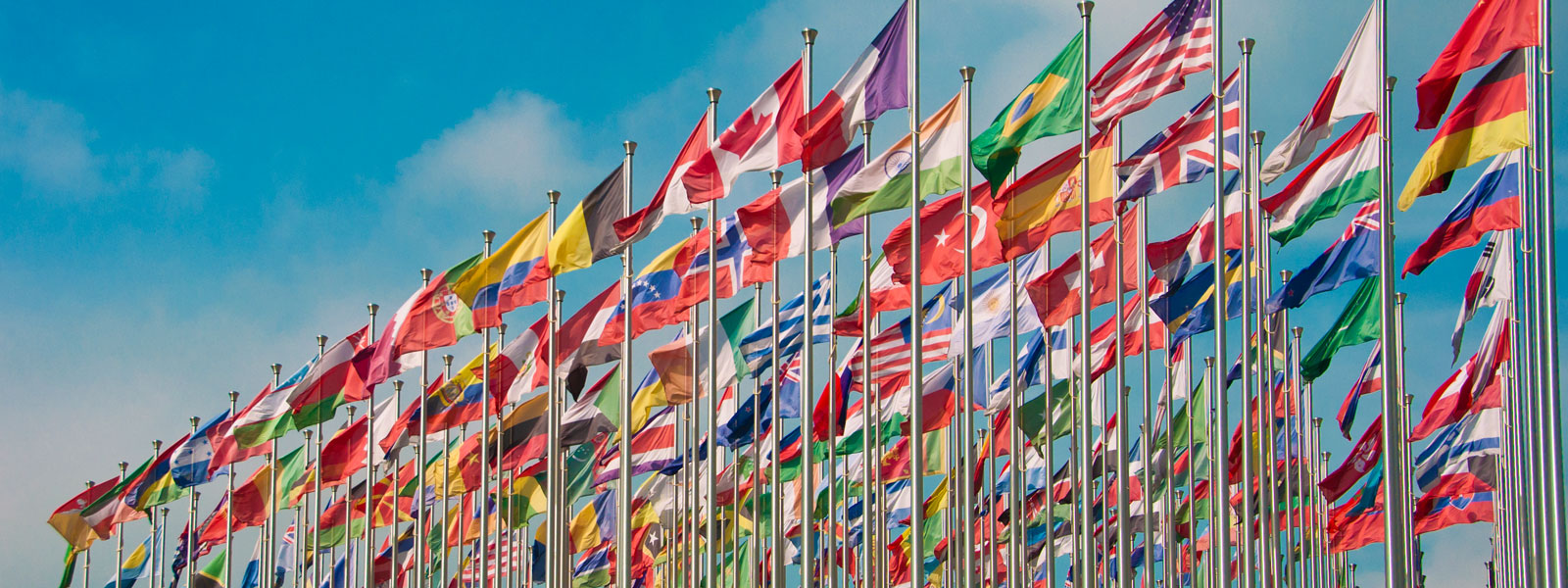Dollar Milkshake – The Theory
The Dollar Milkshake Theory, coined by Brent Johnson, suggests that the U.S. dollar will strengthen significantly as global economies grapple with mounting debt.
1. Introduction: A New Monetary World Order?
Something big is shifting in global finance. Currencies face fresh pressures, debt is piling up, and central banks seem to be tearing up old rulebooks.
Enter Brent Johnson’s Dollar Milkshake Theory, a framework through which we can examine:
-
Why the US dollar remains dominant
-
How it causes global imbalances
-
What might happen when those imbalances become too big to ignore
We’ll unpack the mechanics and risks, reflect on long-term investment lessons, and list macro thinkers worth following.
2. How the Current System Works: The Dollar at the Core
-
Reserve Currency Status
Most global trade and financial transactions still revolve around the US dollar. -
Borrowed Dollars Everywhere
Many non-US countries and companies take out loans in dollars, which they must repay regardless of their local currency’s strength. -
Fed’s Unique Power
Only the US Federal Reserve can “print” base money. In global crises, dollar liquidity dries up quickly as everyone scrambles for the greenback. -
Crisis Example
During events like pandemics or financial meltdowns, the Fed steps in with “swap lines” or direct lending, temporarily unclogging the system.
Why It Matters:
This US-centric setup creates a powerful but risky cycle. The world needs dollars - the US provides them. But other nations rely on a currency they don’t control.
3. Why This Creates a Structural Imbalance
-
Short-Term vs. Long-Term
Fed crisis support relieves short-term pain but creates long-term dollar debt in foreign economies. -
Unpayable Debts
Over time, countries may struggle to earn enough dollars (through exports, tourism, etc.) to repay what they owe. -
Future Crisis Seeds
Each bailout fixes today’s issues but sows tomorrow’s problems. -
Fed’s Monopoly
Only the Fed can inject real dollar liquidity. Not China. Not the ECB. Not the IMF.
4. Why Gold and Alternative Currencies Are Back in Focus
-
BRICS and Gold Reserves
Nations like China and Russia are quietly stockpiling gold to reduce dollar dependence. -
Gold-Backed or Commodity-Linked Currencies
These can shield a nation from dollar hegemony, but require trust and stable reserves. -
The Trade-Off
Linking a currency to gold boosts stability but limits a central bank’s ability to manage its economy - it cannot, for example, expand the money supply since each note or coin can be handed in exchange for gold, thus, it cannot control credit.
5. What Happens When Debts Can’t Be Repaid?
-
Emerging Market Defaults
Dollar-denominated debt plus a weakening local currency leads to default, capital flight, and often hyperinflation. -
Fed and IMF Intervention
Emergency loans may be offered, but with political strings attached. -
Confidence Shock
Every bailout reveals cracks in the system, and erodes trust in the “neutrality” of the dollar.
6. What Happens If the System Breaks for Good?
-
Abandoning the Dollar
In a worst-case scenario, some countries may ditch the greenback altogether. -
China’s Yuan or a Commodity Currency
A synthetic or gold-backed currency could emerge, but it’s messy and slow. -
Geopolitical Tensions
Currency upheaval often leads to trade chaos, supply disruptions, even conflict. -
Far-Reaching Fallout
Collapse of dollar dominance would redraw global trade and finance, with winners and losers.
7. What to Watch: Signals of an Approaching Shift
-
Central bank gold buying (especially by BRICS)
-
Bilateral trade deals using non-dollar currencies
-
Gold or oil settlements between sanctioned states
-
CBDC development bypassing SWIFT and Western banks
-
Alternatives to US systems (e.g., China’s CIPS, ASEAN's QRIS)
8. Long-Term Investor Strategies
(A) Core Protection
-
Physical gold & silver
-
ETFs like SGLN or GDX
-
Safe-haven currencies (CHF, SGD, NOK)
-
Inflation-linked bonds (e.g., TIPS)
(B) Asymmetric Bets
-
Gold miners eg GDXJ and commodity producers
-
Resilient emerging markets:
Chile (copper/lithium),
Indonesia (nickel),
UAE (oil),
Brazil (soy/iron ore),
Singapore (finance hub)
(C) Diversify Jurisdictions
-
Multi-currency strategies
-
Own assets in multiple countries to avoid capital controls or confiscation
9. Caveats and Risks
-
Dollar Liquidity Still King
Despite the talk, the dollar still powers the global system. -
Gold Peg = Policy Handcuffs
In a recession, gold-linked currencies can be dangerously inflexible. -
Transition Turbulence
System shifts tend to be bumpy - think wars, sanctions, controls, tarrifs, asset seizures.
10. Conclusion: The Road Ahead
Brent Johnson’s Dollar Milkshake Theory is not a prediction, rather it is a framework.
Each crisis deepens the world’s dependence on dollars. Eventually, the need for an alternative system may trigger action such as possibly gold-backed, or multi-polar.
But building that system will demand coordination and trust, two scarce resources.
Investor takeaway:
Stay alert. Diversify. Hold real assets. Remain agile.
Warning:
Recent experience since "Liberation Day" suggests that although interest rates may rise, the US dollar is weakening, suggesting that investors are pulling out of the dollar rather than piling in.
But listen to this first
Is the dollar crash finally here
REFERENCES & MACROECONOMISTS TO FOLLOW
-
Brent Johnson - Dollar Milkshake Theory
-
Luke Gromen - forestfortrees.substack.com
-
Zoltan Pozsar - Post-dollar architecture
-
Joseph Wang - “Fed Guy”
-
James Rickards - Currency wars & sanctions
-
Lyn Alden - Monetary macro strategy
-
Russell Napier - Capital controls & repression

























